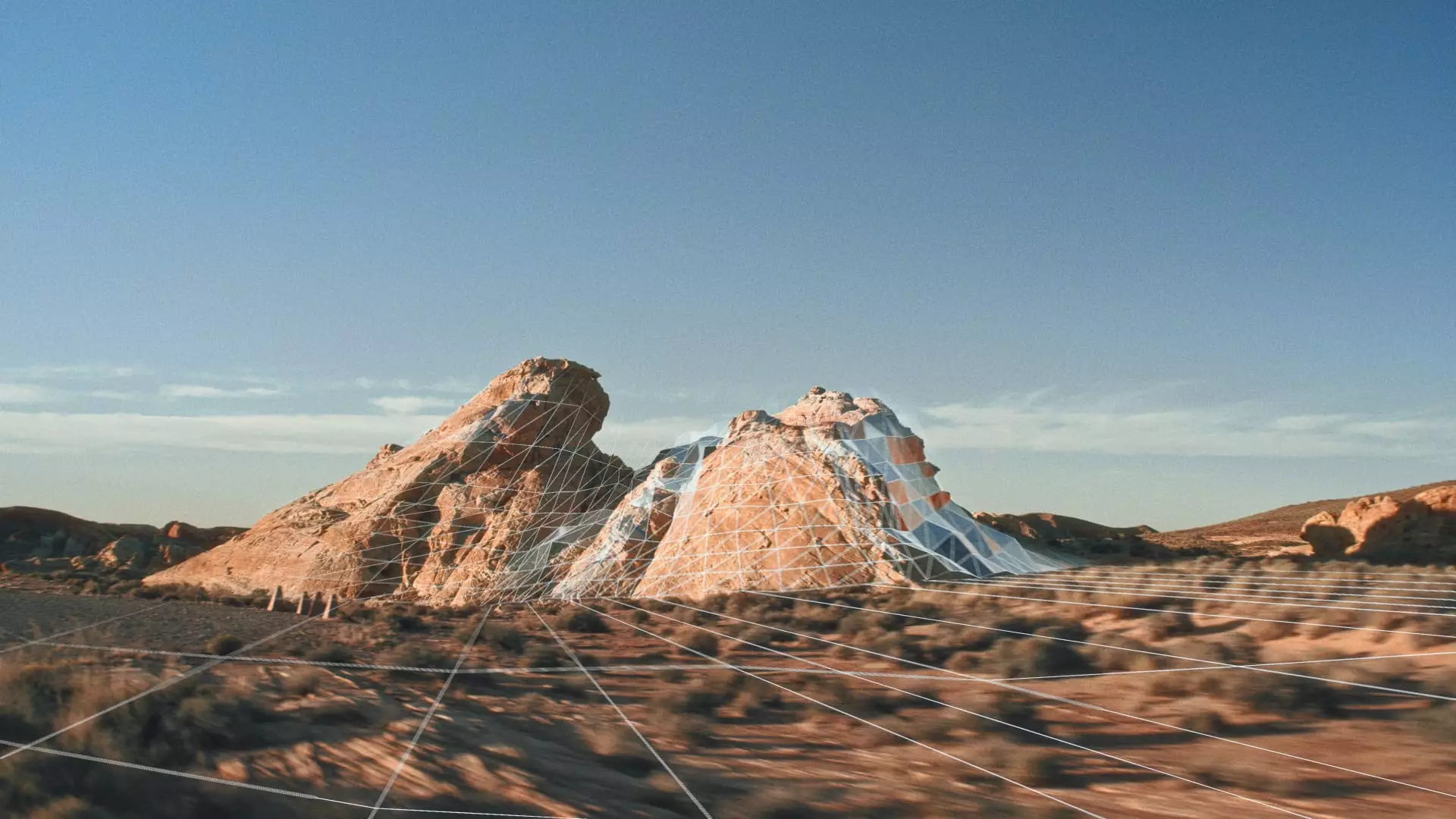The emergence of mixed-reality technologies is reshaping various sectors, including automotive and aerospace, by promising heightened user experiences and innovative interfaces. Distance Technologies, a Finnish startup, is positioning itself at the forefront of this revolution by developing a new system that aims to integrate augmented reality (AR) directly into car windshields and plane cockpits. Their recent funding round, amounting to 10 million euros (approximately $11.1 million), spearheaded by GV, underscores the growing interest in such transformative technologies.
The financial backing for Distance Technologies is significant, with GV, the venture capital division of Alphabet, leading the seed round. Other contributors include FOV Ventures and Maki.vc, reflecting a collective recognition of Distance’s potential to carve a niche within the burgeoning mixed-reality market. According to GV’s principal Roni Hiranand, the allure of this investment comes from the capabilities Distance holds to redefine user interfaces, suggesting a promising future for practical applications of mixed-reality technologies.
Unlike conventional mixed-reality solutions that rely on hefty headsets or glasses, Distance Technologies has taken a refreshing approach. Their technology allows any transparent surface—such as a windshield or a cockpit panel—to act as an augmented reality display. This innovation aims to eliminate the cumbersome devices typically associated with immersive experiences, which often hinder usability. Urho Konttori, co-founder and CEO of Distance Technologies, notes that the necessity of wearing head-mounted equipment poses a substantial obstacle for broader adoption. They envision a future where interaction with mixed-reality is seamless and unobtrusive.
At the core of Distance Technologies’ offering is a sophisticated tracking system. It identifies the user’s gaze to produce corresponding light fields that match the user’s eye positions. When applied to liquid crystal displays (LCDs), the technology layers optics that facilitate images to be projected where the user is focusing. This allows for the creation of life-like 3D digital objects within the user’s field of vision, catering to both left and right eyes differently for a more engaging experience. Their claim of “infinite” pixel depth positions Distance as a frontrunner among its competitors within the sector, showcasing applications that can span a diverse range of scenarios, from civilian vehicles to military aircraft.
Despite its promise, the journey towards successful commercialization of mixed-reality technologies is fraught with hurdles. High production costs of current mixed-reality devices, like Apple’s Vision Pro and Microsoft’s HoloLens 2, highlight the financial barriers that are still in place. Moreover, industry giants such as Meta are also grappling with exorbitant production costs, which can deter widespread adoption. In contrast, Distance’s approach may offer a more economically feasible solution, particularly as it seeks partnerships within the auto and aerospace industries—fields where investment in AR could yield transformative returns.
Among Distance Technologies’ key advantages is its focus on a software-driven approach, allowing AR to be integrated not just into parts of a transparent surface but across its entirety. Jussi Mäkinen, Chief Marketing Officer, emphasizes this distinction against traditional AR heads-up displays (HUDs), which often have limitations concerning coverage areas. The versatility of Distance’s system not only expands potential use cases but also elevates user experience by allowing interactions and visualizations that feel natural and unrestrained.
Having demonstrated its proof-of-concept technology, Distance Technologies is gearing up for the next phase—product development. Konttori indicates a shift from research-focused efforts to a strong emphasis on creating viable products that meet market needs. Collaborating with key customers will be critical as they refine their product specifications and navigate the intricacies of launching their technology in real-world scenarios. This transitional approach could set them apart as they align technology readiness with market requirements.
Distance Technologies stands at a pivotal juncture within the mixed-reality landscape, with its innovative approach to augmented reality poised to make a significant impact in automotive and aerospace sectors. By eliminating the need for extra hardware and enhancing the immersive experience via software, Distance may not only elevate user interactions but redefine how we perceive and engage with the world around us. As the journey unfolds, the unfolding narrative around Distance Technologies will undoubtedly be one to watch in the coming years.


Leave a Reply